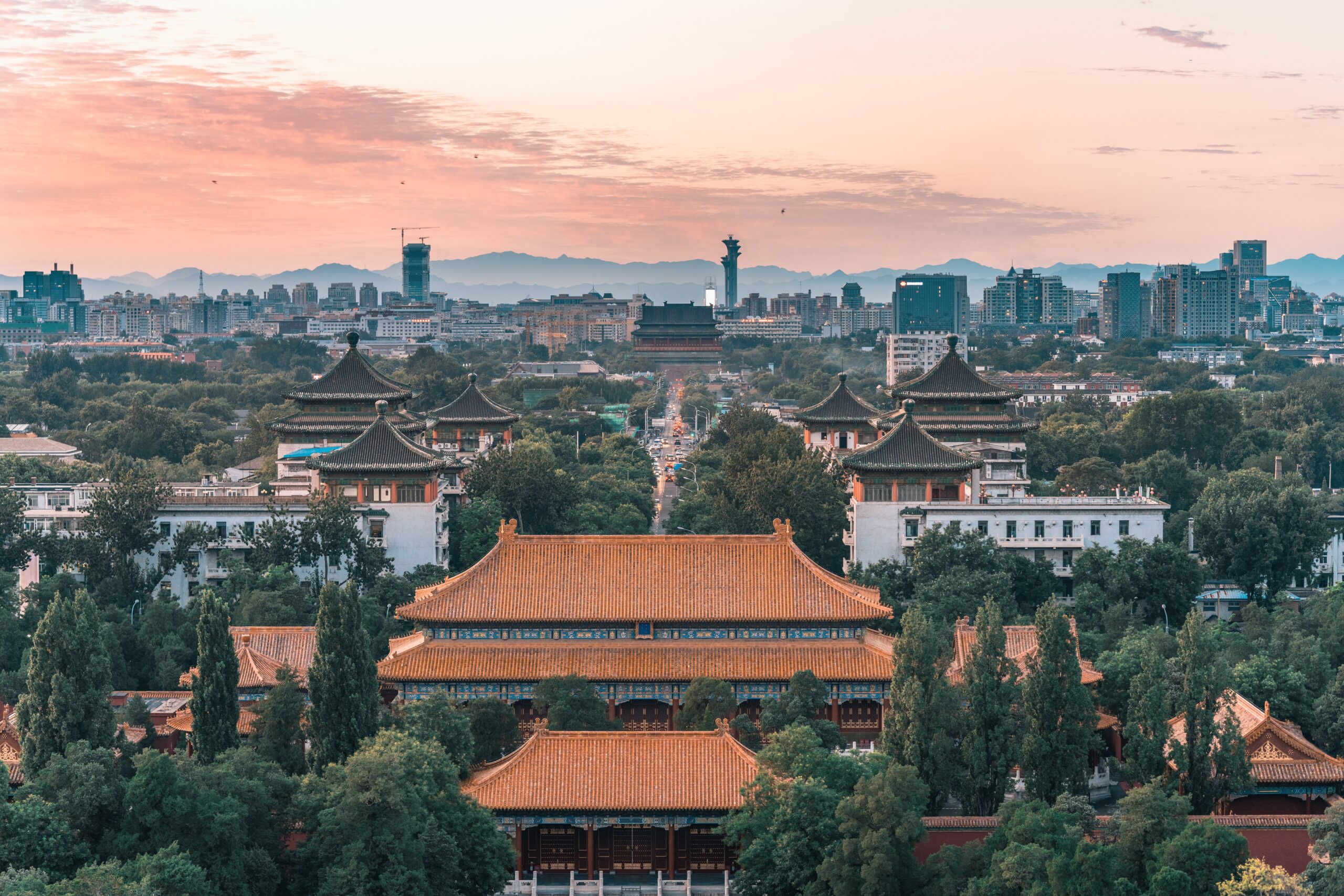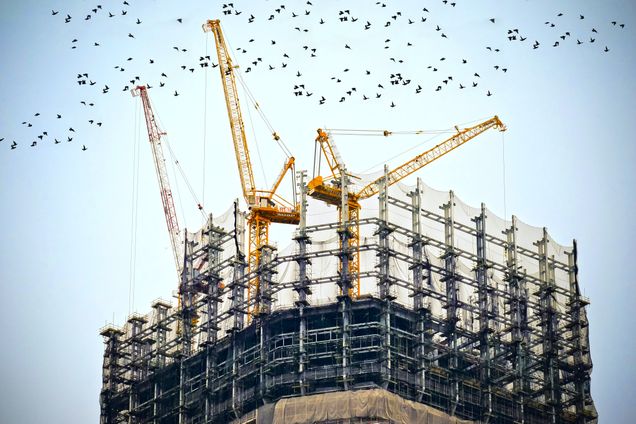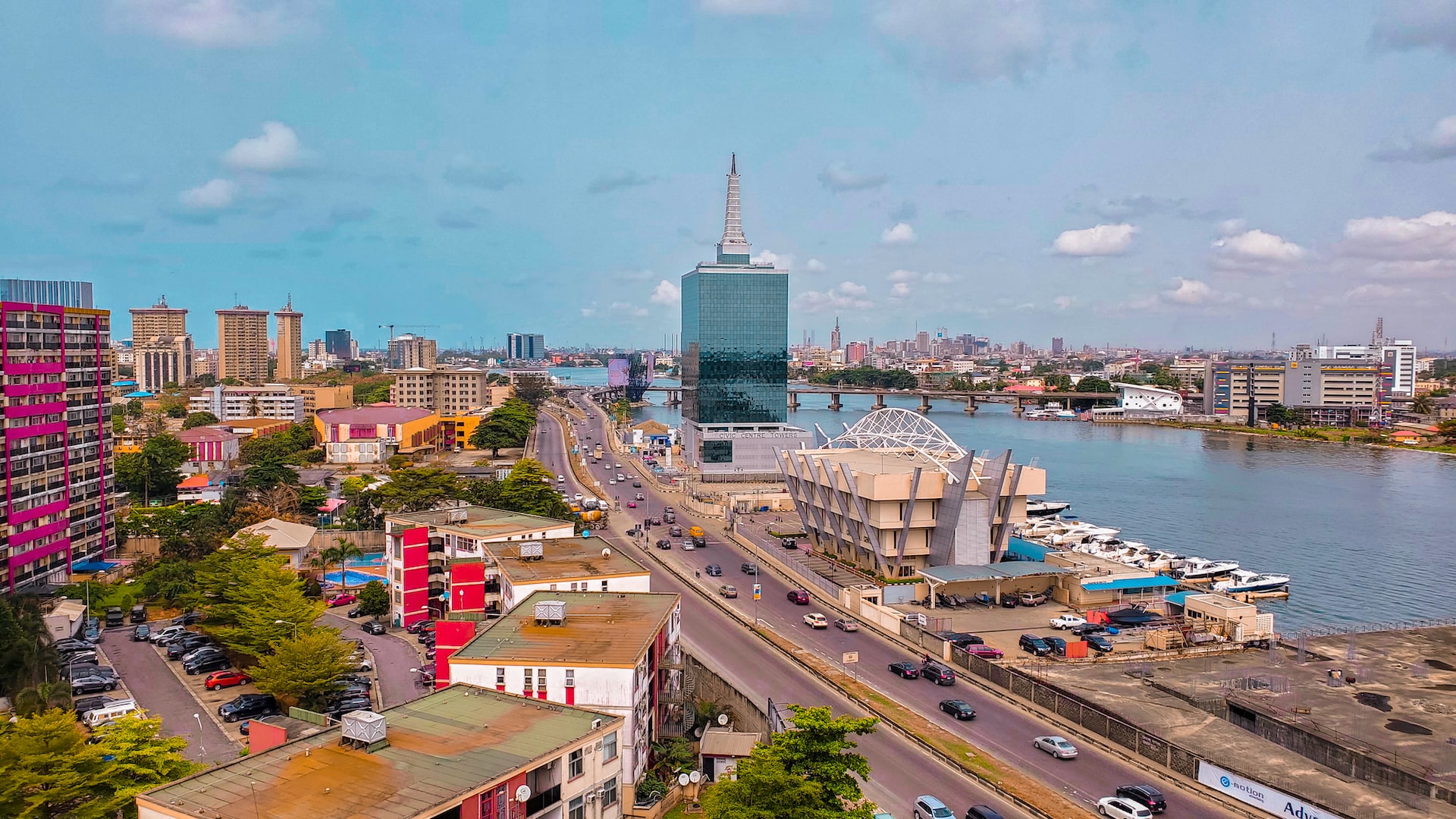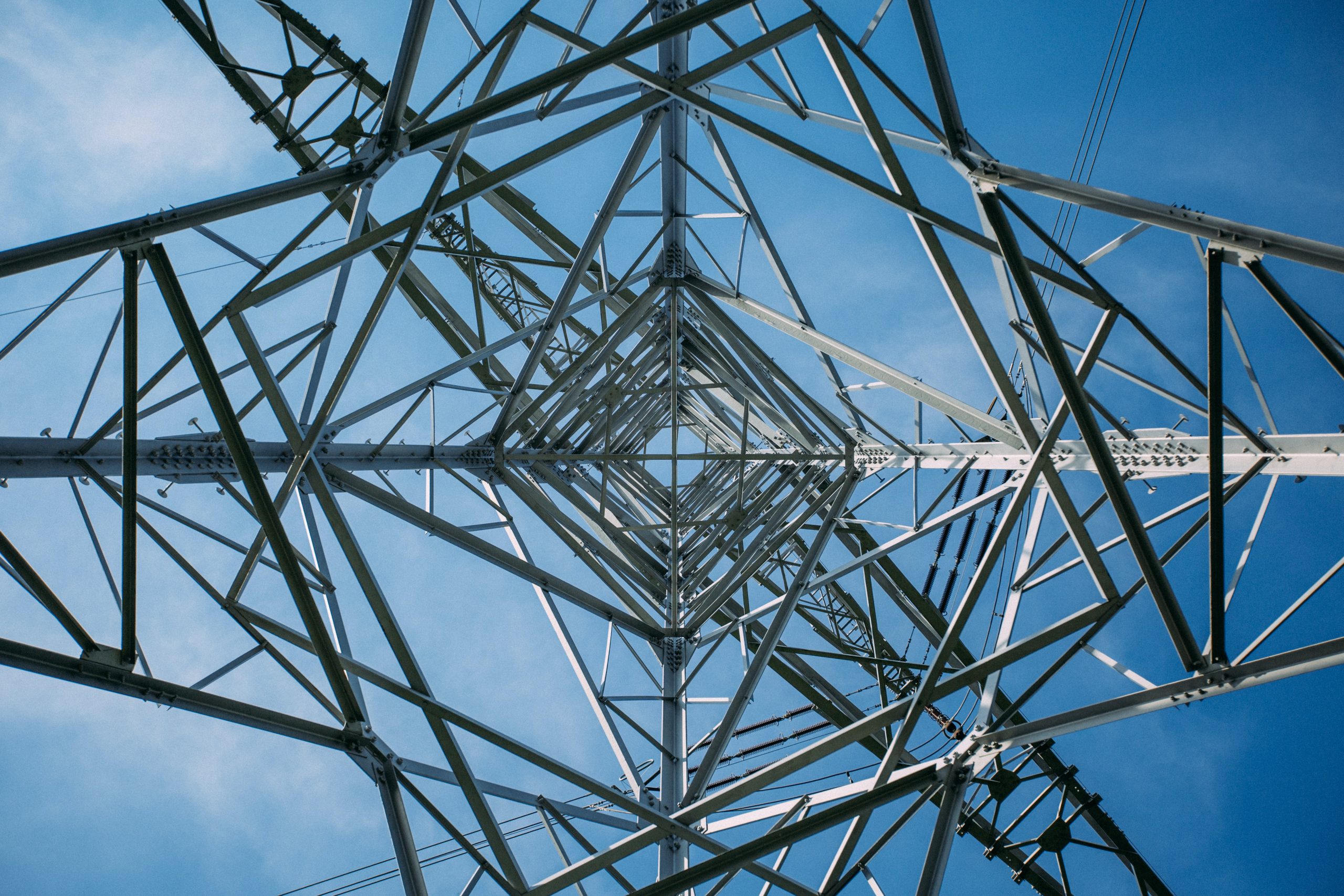GDP Center Round-Up: The Belt and Road Forum for International Cooperation

By Claire Paul and Maureen Heydt
To mark the tenth anniversary of China’s historic Belt and Road Initiative (BRI), the third Belt and Road Forum for International Cooperation (BRF) will be held in Beijing next week, with several international leaders scheduled to attend.
The BRI is an ambitious global infrastructure platform to expand connectivity, economic integration, growth and cooperation across the globe. Over the last ten years, what has been the impact of the BRI on the global economy and how has the initiative impacted host countries and China alike?
A suite of GDP Center research investigates the impacts, drivers, benefits and risks of China’s overseas development finance and the BRI, in particular. Below, see a summary and highlights of our research on the BRI:
The BRI at Ten: Maximizing the Benefits and Minimizing the Risks of China’s Belt and Road Initiative

What has been the impact of the BRI on the global economy and how has the Initiative impacted host countries and China alike? Has the BRI lived up to its promise of generating economic growth and global interconnectivity? What risks have arisen and how have countries addressed them? And what factors are likely to shape the BRI in the years to come?
A new flagship report by the Boston University Global Development Policy Center evaluates the promise of China’s overseas economic activity in general, and the BRI in particular, finding that the BRI has delivered significant benefits to host countries, but has also accentuated real risks for China and host countries alike. Prominent benefits include new, additional resources for the Global South, significant economic growth and the co-creation of a new model of South-South cooperation and developing country agency for development; while documented risks include accentuated debt distress, increased carbon dioxide emissions and air pollution and risks to biodiversity and Indigenous lands.
In all, the researchers argue that the resource mobilization needs in the world economy are enormous, and China has made one of the largest contributions to closing that gap over the last decade. As the BRI and China’s global experience have evolved over the last ten years, China and host countries alike have begun to develop several frameworks aimed at maximizing the significant benefits of China’s economic activity and mitigating the attendant risks. Read the report.
10 Charts for the BRI at 10

Ten years have passed since Chinese leader Xi Jinping introduced plans for the BRI, a global infrastructure platform to increase connectivity, economic integration, growth and cooperation across the globe.
To mark this anniversary, Lucas Engel and Oyintarelado Moses have rounded up the 10 charts that tell the story of the the first 10 years of the BRI. From China’s overseas development and energy finance, to risks to biodiversity and Indigenous lands, explore the 10 charts of the BRI at 10. Read the blog.
A New State of Lending: Chinese Loans to Africa

A recent update to the Chinese Loans to Africa (CLA) Database estimates that from 2000-2022, 39 Chinese lenders provided 1,243 loans amounting to $170.08 billion to 49 African governments and seven regional institutions. For the years 2021 and 2022 combined, the CLA Database recorded a total of 16 new loan commitments worth $2.22 billion from Chinese lenders to African government borrowers, signifying two consecutive years of lending to Africa below $2 billion.
In a recent policy brief, Oyintarelado Moses, Jyhjong Hwang, Lucas Engel and Victoria Yvonne Bien-Aimé used findings from the CLA Database to analyze the state of Chinese lending to Africa. Their findings suggest that, through a combination of greening the BRI, the China-Africa High-Quality Belt and Road Cooperation and the “small and/or beautiful” approach, future lending to Africa could result in three critical shifts to investment trends: less large-scale loans over $500 million, more loans with smaller values under $50 million and loans with more beneficial social and environmental impacts. Read the policy brief.
“Small is Beautiful”: A New Era in China’s Overseas Development Finance?

After providing a staggering amount of finance for overseas development projects in the wake of the global financial crisis, Chinese overseas development finance has been on a general downward trend for several years. What is the status of China’s overseas development finance in the COVID-19 era? And looking forward, how likely is China to return to large scale lending levels?
The January 2023 update to the China’s Overseas Development Finance (CODF) Database recorded 28 new loan commitments in 2020 and 2021 worth a combined value of $10.5 billion, the lowest in recent years.
In a recent policy brief, Rebecca Ray used findings from the CODF Database to generate insights on the state of China’s overseas development finance from 2008-2021 and how borrowers, sectors and loan types have changed over the years. She argues that key development finance institutions, such as the China Development Bank (CDB) and Export-Import Bank of China (CHEXIM), may be unlikely to return to their earlier ambitious lending levels. While China’s current account surplus has rebounded (providing capital that can be mobilized abroad), its policy priorities have been directed inward in response to the COVID-19 pandemic and its attendant economic impacts. Concomitantly, big borrowers like Argentina and Pakistan have begun to propose ambitious new finance projects, but have limited space for new borrowing amid a burgeoning global debt crisis. Read the policy brief.
Risks to Global Biodiversity and Indigenous Lands from China’s Overseas Development Finance
 China has become one of the world’s largest lenders in overseas development finance. Development projects, such as roads, railways and power plants, can often result in biodiversity loss and infringement on Indigenous lands, yet the risks implicit in China’s overseas development finance have until now been poorly understood.
China has become one of the world’s largest lenders in overseas development finance. Development projects, such as roads, railways and power plants, can often result in biodiversity loss and infringement on Indigenous lands, yet the risks implicit in China’s overseas development finance have until now been poorly understood.
In a recent journal article published in Nature Ecology & Evolution, a team of researchers with the Boston University Global Development Policy Center and the Boston University Department of Earth and Environment examine the extent to which projects financed between 2008-2019 by CDB and CHEXIM occur within and adjacent to areas where large-scale investment can present considerable risks to biodiversity and Indigenous communities. The results from this study provide an important global outlook of socio-ecological risks that can inform policymakers and strategies and unlock the full potential of China’s overseas development finance for sustainable development worldwide. Read the journal article.
Understanding China’s Global Power: 2022 Update

China has financed electric power plants around the world for several decades through foreign direct investment (FDI) and loans from CDB and CHEXIM.
What is the status of China’s global power plants? In how many countries are they operating, and what are the dominant energy sources? What is the current pipeline of China’s overseas power plants, given Chinese leader Xi Jinping’s 2021 announcement to stop building new coal-fired power plants overseas and instead ramp up renewable energy support to developing countries?
The China’s Global Power (CGP) Database reveals new insights on the state of China’s global power amid a global push for decarbonization.
A recent policy brief summarizes the state of Chinese-financed overseas power plants as of September 2022, finding estimated emissions for currently operating Chinese-financed plants total 245 million tons (Mt) of CO2per year. This could cumulatively consume 1.7 percent of the global carbon budget for a 50 percent chance of limiting global warming to 1.5 degrees Celsius. While China has taken steps to decarbonize its overseas investments and shift towards a green BRI, more can be done to decarbonize China’s global power, including a particular focus on decarbonizing Asia, where the most generating capacity is financed by China and over 50 percent is coal-based. Read the policy brief.
China-Latin America and the Caribbean Economic Bulletin, 2023 Edition

According to the International Monetary Fund (IMF), Latin America and the Caribbean (LAC) is experiencing continued low economic growth projections amid a stalling COVID-19 recovery, rampant inflation and the knock-on effects of Russia’s war in Ukraine.
Amid this challenging economic time for LAC, what are the latest developments on trade, investment, development finance, debt and diplomacy with China, LAC’s largest trade partner and the world’s largest bilateral creditor? And how are green supply chains, electric vehicles and lithium-mined batteries shaping the relationship?
The 2023 edition of the China-Latin America and the Caribbean Economic Bulletin summarizes and synthesizes the latest trends in the China-LAC economic relationship with data up to March 2023. Zara C. Albright, Rebecca Ray and Yudong (Nathan) Liu find that regional governments, after more than a decade of significant Chinese presence in LAC, are showing signs of putting forth their own strategies for the relationship through trade agreements, new supply chain investment deals and novel portfolios of potential development finance projects. Read the report.
Debt Restructuring in Africa: Building Public Assets and Addressing Bottlenecks for Low-Carbon Economic Transformation
 The current narrative on debt sustainability often ignores the issue of what a government owns (assets) versus what a government owes (liabilities). While conventional approaches largely focus on the liability side, the kinds of assets a country is trying to build are vital to development and debt sustainability.
The current narrative on debt sustainability often ignores the issue of what a government owns (assets) versus what a government owes (liabilities). While conventional approaches largely focus on the liability side, the kinds of assets a country is trying to build are vital to development and debt sustainability.
A new working paper by Yan Wang and Yinyin Xu voices concerns from the Global South that the prevailing debt sustainability analysis (DSA) framework has ignored public assets. Following a descriptive review of debt issues in Africa, Wang and Xu point to the importance of the public sector balance sheet in understanding debt sustainability. Their analysis reviews the role of 3,126 completed infrastructure projects, co-financed and jointly built by China and host countries, focusing on whether and to what extent the projects addressed infrastructure bottlenecks. Wang and Xu argue these completed projects form part of a country’s public operational assets that generate essential social services, jobs, government revenues, exports and growth. Read the working paper.
Cofinancing and Infrastructure Project Outcomes in Chinese Lending and Overseas Development Finance

In recent years, the concept of cofinancing has gained currency in policy discussions on development finance. Cofinancing, having multiple financiers in development projects from government agencies, development banks and private actors, is acknowledged as an important tool to bridge the finance gap in developing countries. Yet, relatively little is known about outcomes for cofinanced projects. As a major player in development finance, Chinese institutions are actively seeking increased cooperation and cofinancing with host countries. What is the role of cofinancing in shaping Chinese lending and overseas development finance infrastructure projects in terms of implementation outcomes and environmental performance?
In a new working paper, Yangsiyu Lu, Cecilia Springer and Bjarne Steffen find there is a positive link between cofinancing and project outcomes in Chinese development finance, although the effects vary. The results suggest that cofinancing can be an effective tool to enhance infrastructure project success and achieve greater sustainable performance in Chinese lending and overseas development finance. The research highlights the importance of a collaborative approach to financing infrastructure development projects in the Global South. By leveraging the resources and expertise of multiple partners, cofinancing can generate more inclusive and sustainable infrastructure that leads to economic growth and development. Read the working paper.
The Belt and Road Initiative and the Partnership for Global Infrastructure and Investment: Global Infrastructure Initiatives in Comparison

Infrastructure financing gaps in the Global South have widened in recent years with the need for addressing connectivity bottlenecks and climate-related challenges. To achieve the United Nations 2030 Sustainable Development Goals (SDGs), an additional $3.2 trillion or 2 percent of global gross domestic product (GDP) is needed annually for sustainable infrastructure investment, and roughly $700 billion per year of climate finance is required to reach net zero emissions by 2050. How are China’s Belt and Road Initiative (BRI) and the Group of Seven (G7)-led Partnership for Global Infrastructure and Investment (PGII) positioned to further address widening infrastructure financing gaps in the Global South?
A working paper by Oyintarelado Moses and Keren Zhu describes the development and compares the features of the BRI and the PGII, finding key similarities and distinct attributes that offer opportunities for short- or long-term collaboration and provide host countries with options for addressing infrastructure gaps. Given some overlap, institutions in the BRI and PGII should consider collaboration in the short- and long-term. However, if collaboration is not feasible in the short term, institutions in the BRI and PGII could pursue complementary competition. The authors suggest recipient countries should leverage the differences in the initiatives to negotiate the best deal for their development projects. Read the working paper.
Pushing out or Pulling in? The Determinants of Chinese Energy Finance in Developing Countries

While carbon emissions are showing signs of stabilizing in some advanced economies, emissions from most developing countries continue to rise as nations strive to raise their standards of living. The energy sector is pivotal from both a climate and development perspective, especially in the case of China, which is now one of the world’s largest financiers and investors in the global electric power sector.
A journal article published in Energy Research & Social Science by Zhongshu Li, Kevin P. Gallagher, Xu Chen, Jiahai Yuan and Denise Mauzerall deploys novel data to perform the first econometric analysis examining the determinants of Chinese overseas financing for electric power plants. The research team examines a number of ‘push factors’ –incentives in China that facilitate investment abroad—and ‘pull factors’ –incentives in recipient countries that facilitate Chinese investment into their country. On the push side, the researchers find domestic overcapacity in China plays a key role in facilitating China’s development finance in these plants. On the pull side, the size of local demand for new power projects and the resource potential for electric power in recipient countries are significantly correlated with the size of Chinese financing. Additionally, existing Chinese involvement in past power projects is likely to facilitate new Chinese overseas financing. Read the journal article.
Never miss an update: Subscribe to the Global China Initiative Newsletter.